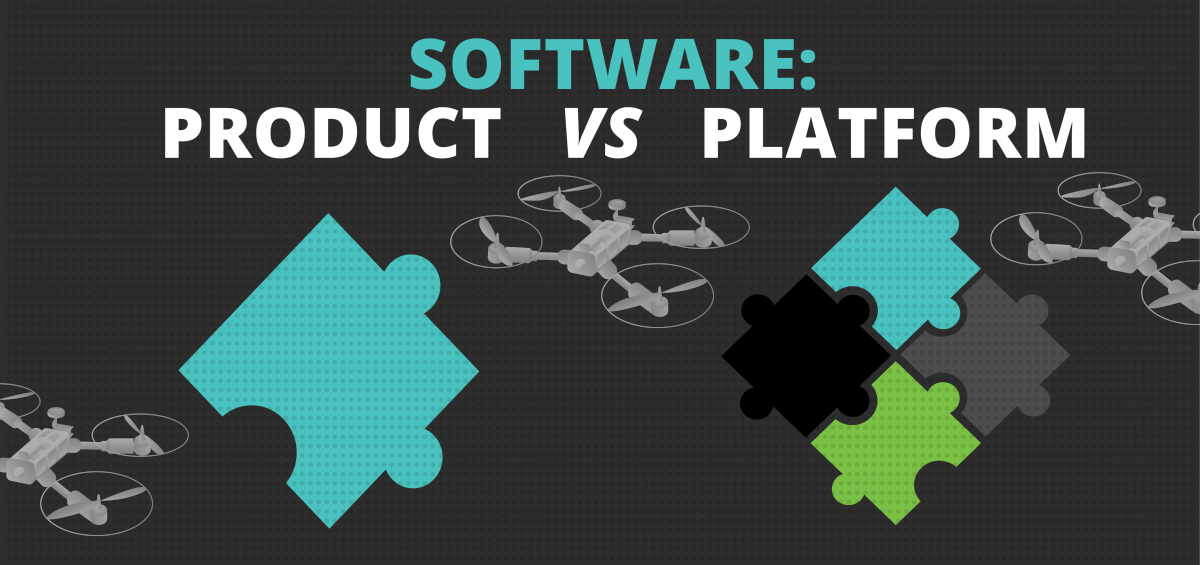Products > Platforms > Possibilities
From Products to Platforms
Every company wants to own and operate “platforms.” While the term is used mostly by software technology companies, manufacturing companies aren’t far behind.
Rolls Royce has launched a platform called “Architecture of Luxury.” It is an all-aluminium spaceframe architecture designed by Rolls-Royce engineers that will underpin every future Rolls-Royce beginning with the New Phantom. Multiple vehicles can be built on this platform.
After its acquisition by Google in 2005, Android pivoted from a product to a platform. Google licensed Android to mobile handset makers and pre-installed its own apps in the phone’s operating system. Third-party developers were allowed to build apps. In 2008, Android Market (now Google Play) became a marketplace offering apps, games, books, music and even movies. Enterprises also launched their apps. Thus Android became a platform bringing together users of Google’s products and services, hardware manufacturers, app developers, enterprises and content creators.
How do Products differ from Platforms?
A product involves a two-way relationship between the producer and consumer. The producer and the consumer have set roles and the terms of engagement are rather rigid. This reality usually doesn’t change.
A platform on the other hand, accommodates not only producers and consumers but also many interested third parties who can benefit from and build atop this producer-consumer relationship.
A platform is a tightly-knit assortment of infrastructure and rules of a marketplace wherein the roles of producers, consumers and third parties change rapidly – often based on who is creating value and who’s consuming it. At its core is a monetizable asset. For us, it is data.
Platforms lead to Possibilities
We are evolving the future of UAS Traffic Management (UTM). How a given data point is captured, consumed, interpreted, applied and converted into useful information is the key to ANRA’s value creation. The following are the possibilities we see impacting our industry in the near future:
Consolidation
A growth in the number of drones would lead to a growth in the number of UTM platforms. As architectures standardize over time to become an interoperable global system, the UTM data that flows through it will become a commodity. Commercial sustainability and scalability will be decided by industry consolidation.
Hub-and-Spoke
One manifestation of consolidation is that a few large global UTM platforms will remain. These would get organized around centralized national air traffic management + UTM grids of countries akin to a hub-and-spoke model.
Horizontal Integration
Integration of newer data sets could evolve high-value use cases crucial for generating profitability.
App Developers
UTM platforms built using open standards and architecture could allow third-party developers to develop apps and services that interface with UTM platforms. This could lead to stronger network effects encouraging demand-side economies of scale.
UTM Advocacy
Once onboard, enterprises cannot simply get off a UTM platform at will. The complexities and constant evolution demand continuous investments and training. The better the experience of a UTM platform, the stronger will be its advocacy by existing customers. A UTM platform which is simple to use, offers easy on-boarding, has a wide range of third-party apps will gain the fastest market traction over others. Advocacy will trump advertising.
Operating System
Whilst drone operations platforms have a different mandate than UTM platforms, we see them merging eventually. Much like desktop operating systems, such end-to-end integrated platforms would become the de rigueur operating systems of drone enterprises.
New Business Models
A few business models would become the industry standard. The most obvious model would be SaaS subscription based on a combination of tenure and features. Other software platforms keen to extract data from a UTM platform can do so with an API. A cost per API call or a cost per API slab-based models would take root. A third model would be to generate need-based custom reports sold on a flat fee on a per report basis. Anonymized data could also be monetized. But a lot depends on the ensuing regulatory policies around data privacy, protection and ownership.
The Takeaways
When choosing a UTM platform, keep the following in mind:
- Opt for a UTM platform’s commercial sustainability over mere technology prowess.
- The deeper a UTM platform’s relationship is with aviation regulators, the better it is for you.
- Seek a platform offering dedicated training and on-boarding of your employees.
- Look for a UTM platform offering flexible and innovative engagement models.
- Seek a UTM platform’s aviation credentials besides technology ones.
- Consider ease-of-use and the capability to allow third-party apps.
We’re in the midst of the great UTM Olympics and ANRA’s motto is no less: Citius, Altius, Fortius (faster, higher, and stronger). We’ll help you make decisions faster, raise safety standards higher and deliver business results stronger.







